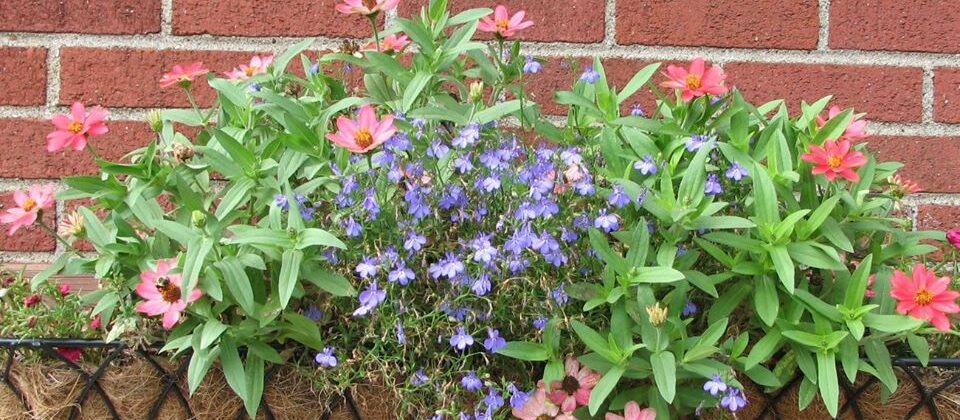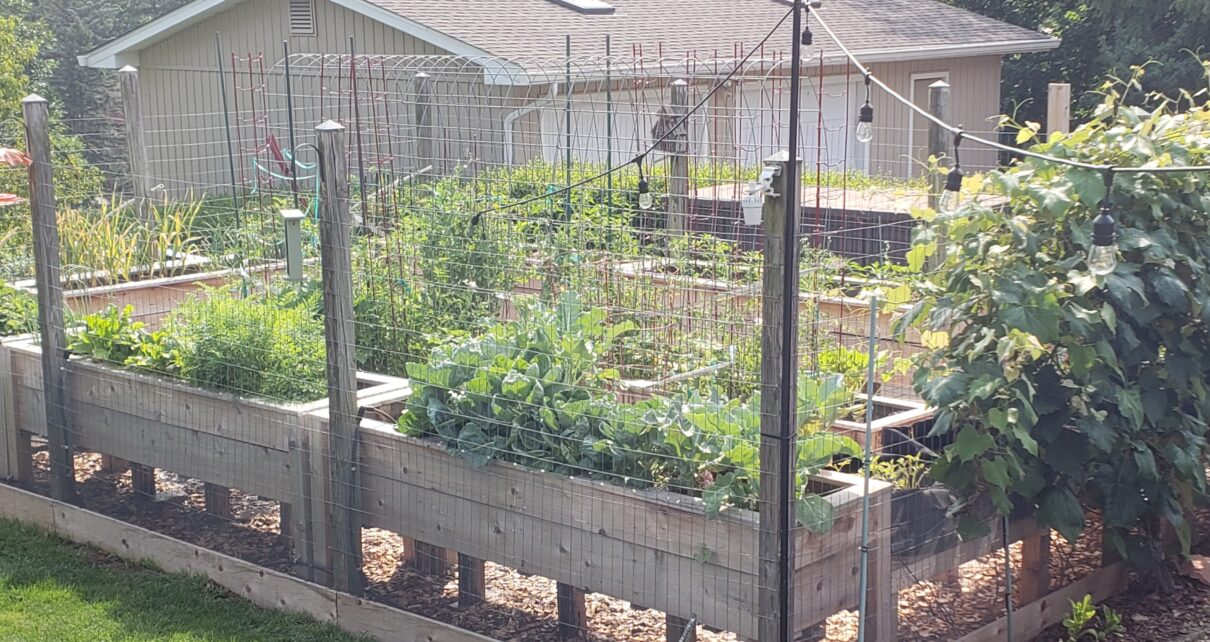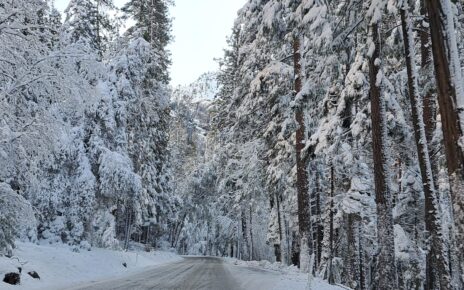In addition to the frost dates for your area, day length is an important factor for extending the growing season. Typically plants need at least 10 to 12 hours of day length to grow. I think 12 hours is ideal for most off the cool and cold season veggies.
In Pittsburgh, we will reach 10 hours of daylight by late January.
Spring Equinox (around March 20th): First day of spring. By spring equinox, we will have 12 hours of daylight – love it!
Summer Solstice (around June 20th): First day of summer. After the Spring Equinox, the hours of daylight will continue to increase until Summer Solstice and then start to decrease. So Summer Solistice is the peak or highest point for day length.
Fall Equinox (around September 20th): First day of fall. At this point, we will have 12 hours of daylight again.
By mid November, we will reach 10 hours of daylight.
Winter Solstice (around December 20th): First day of winter. After the Fall Equinox, the hours of daylight will continue to decrease until Winter Solstice and then start to increase. So Winter Solstice is the lowest point for daylight hours.
Depending on the year, the date may be the 19th, 20, or 21st which is why I used “around”.
If you want to check sunrise and sunset dates and length of day by your Zipcode, you can do this on Farmers’ Almanac website.



